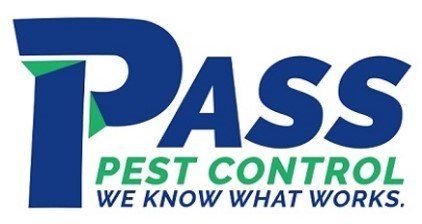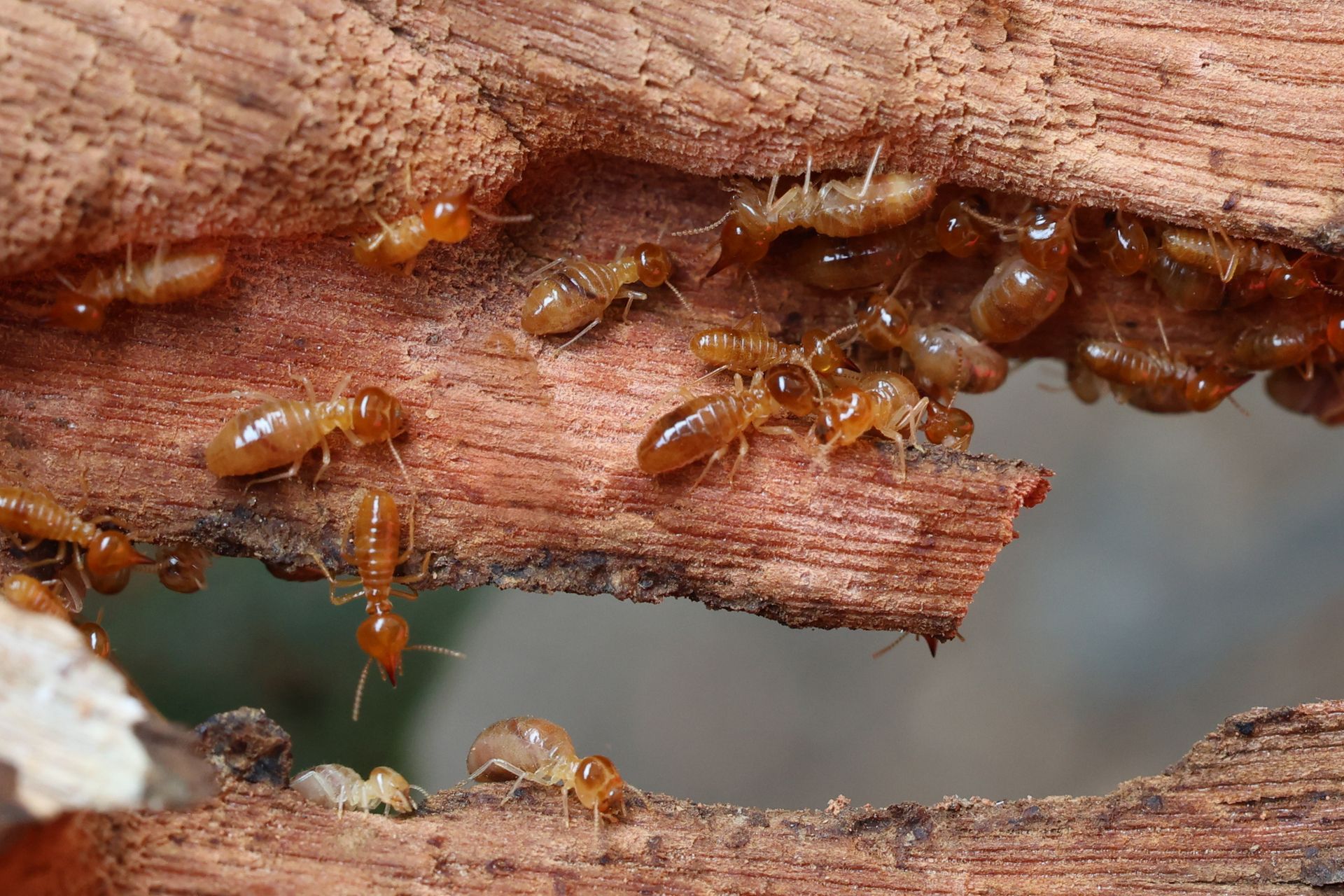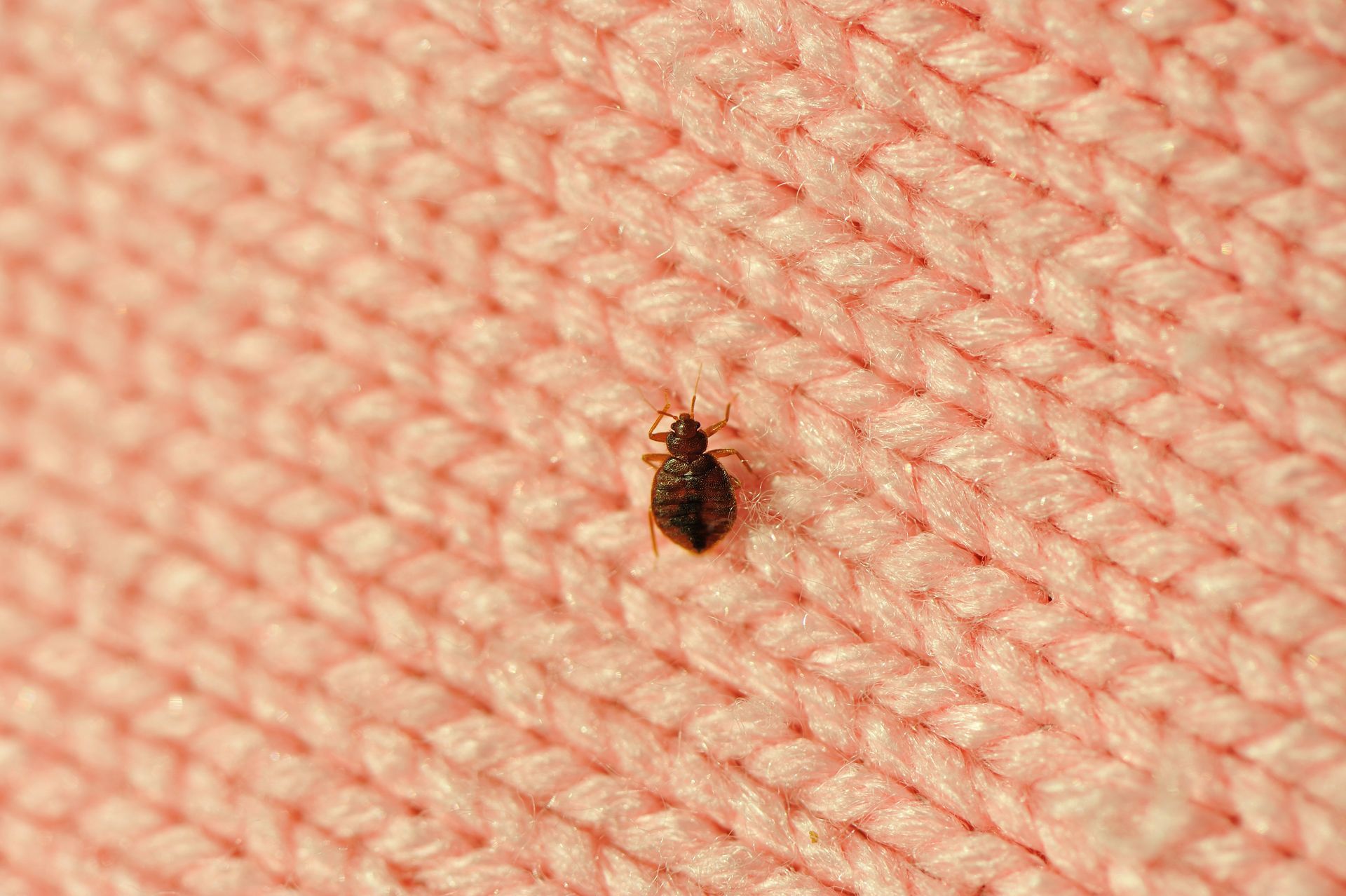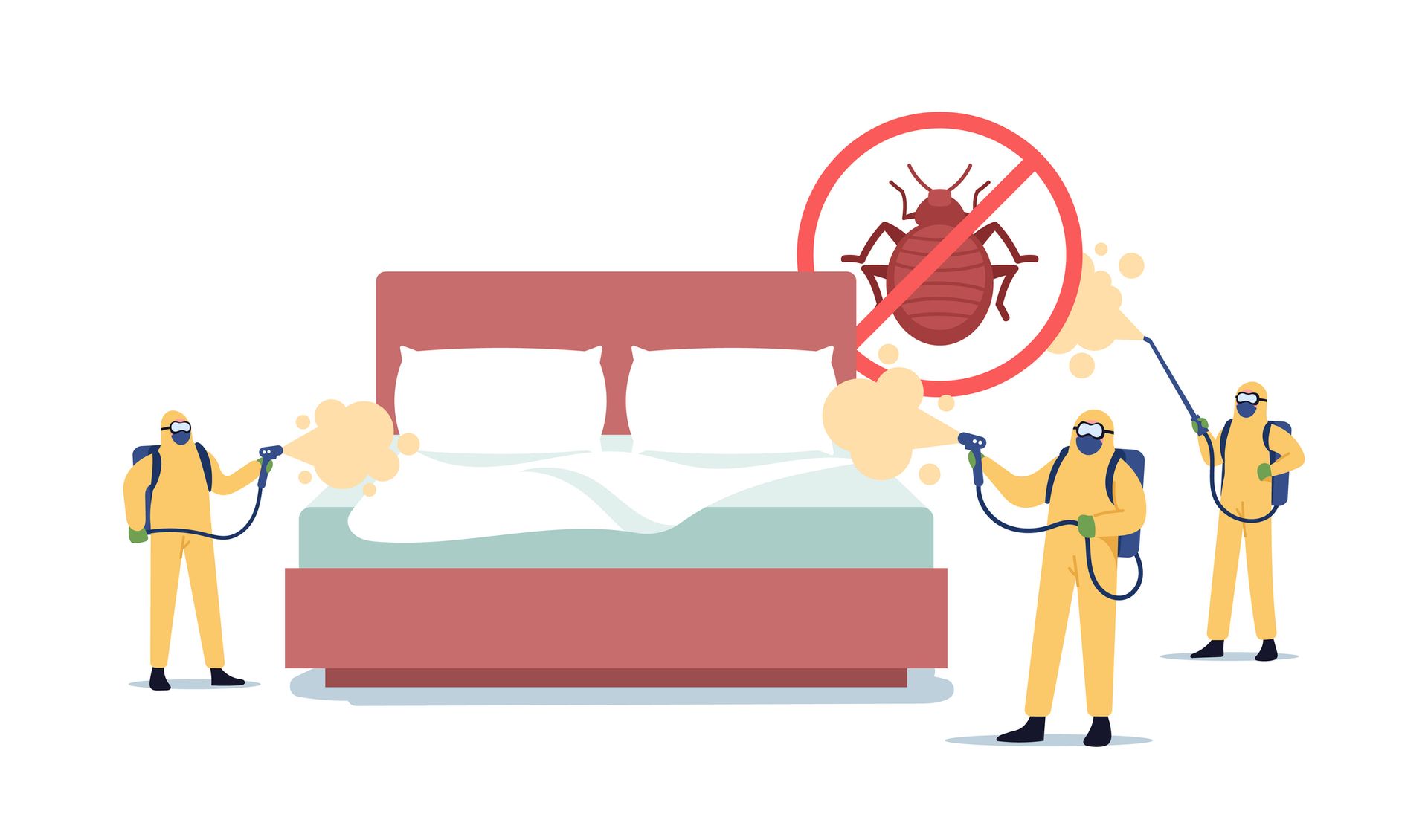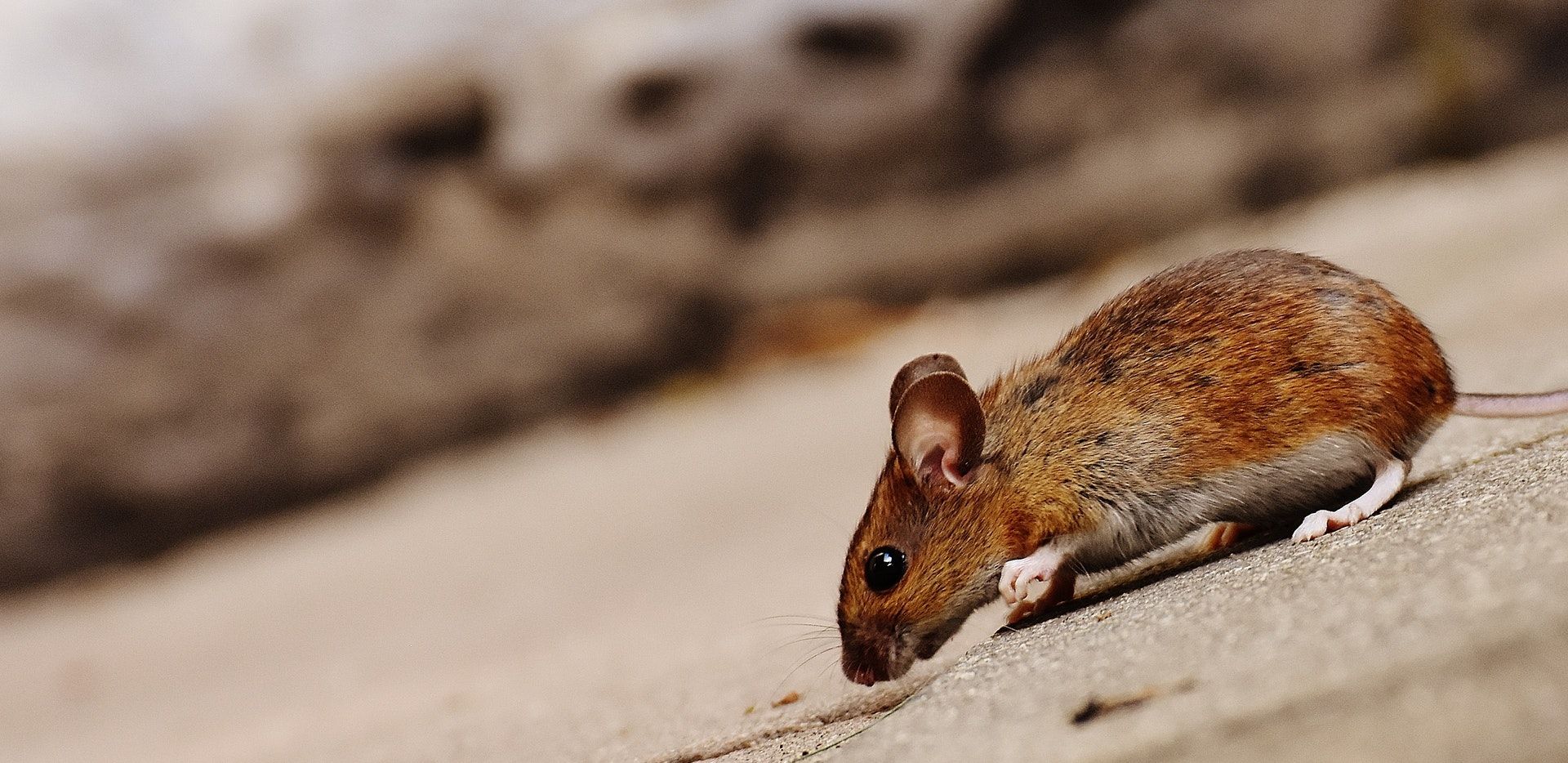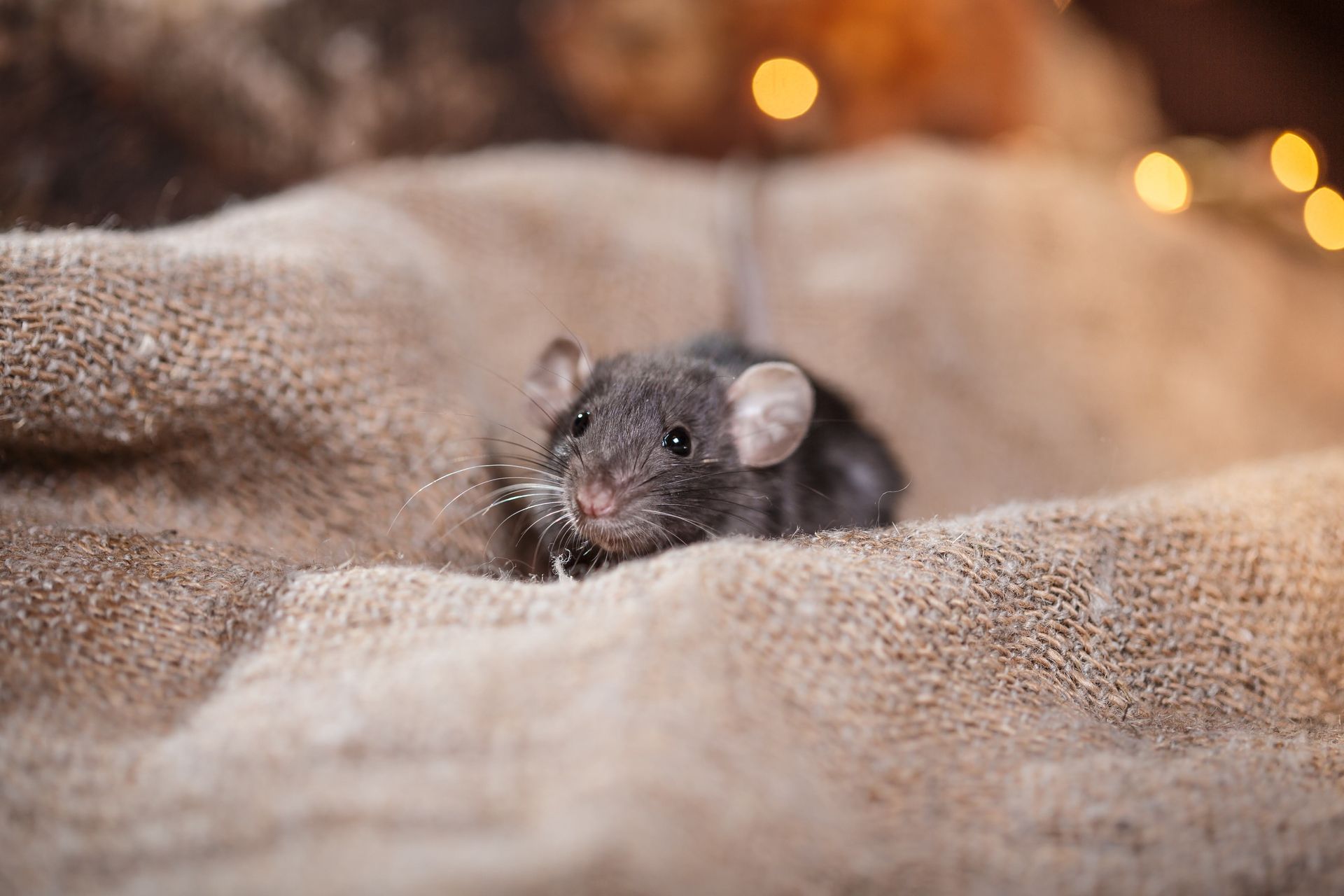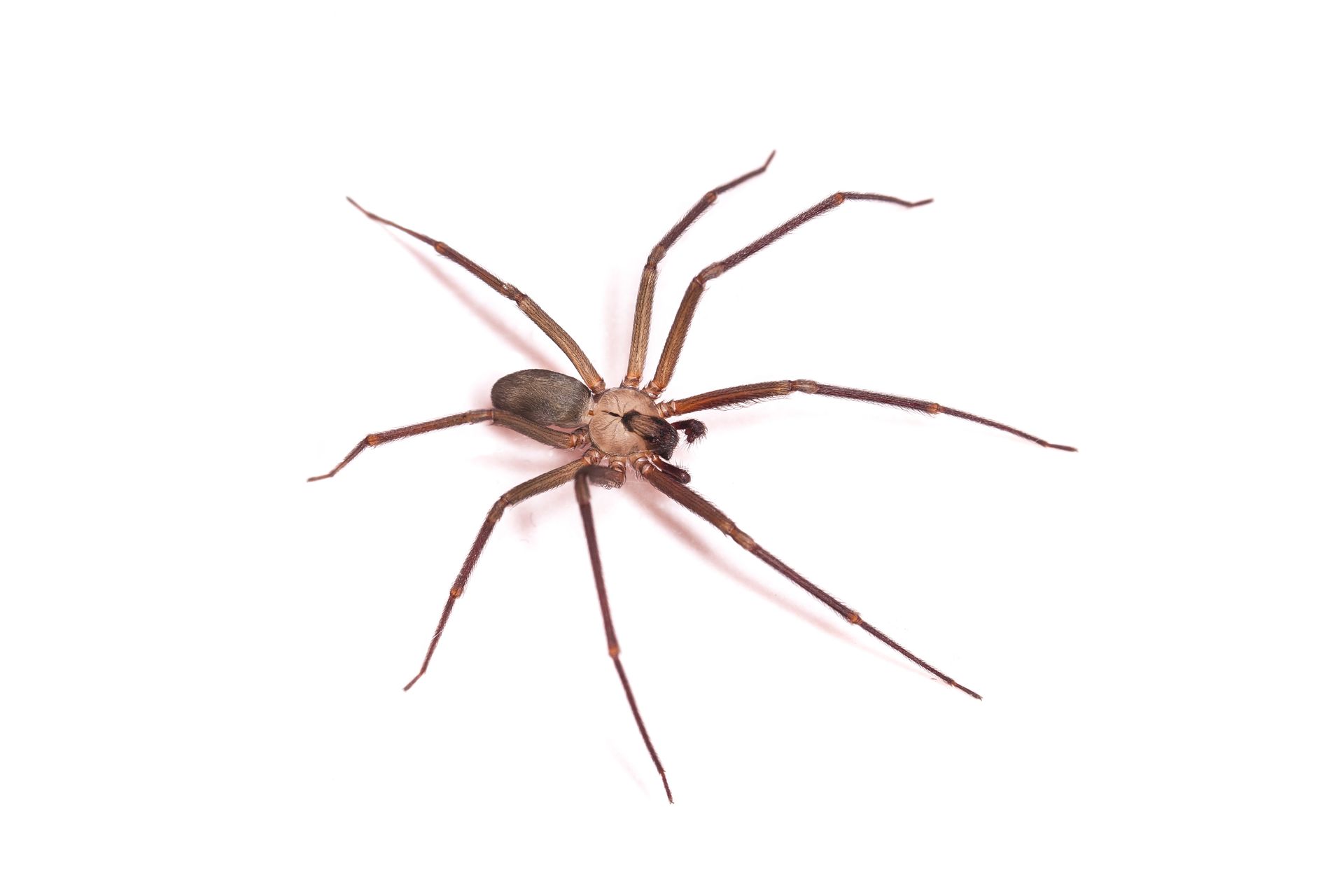Hotel Horror: Bedbug Extermination in the Hospitality Industry
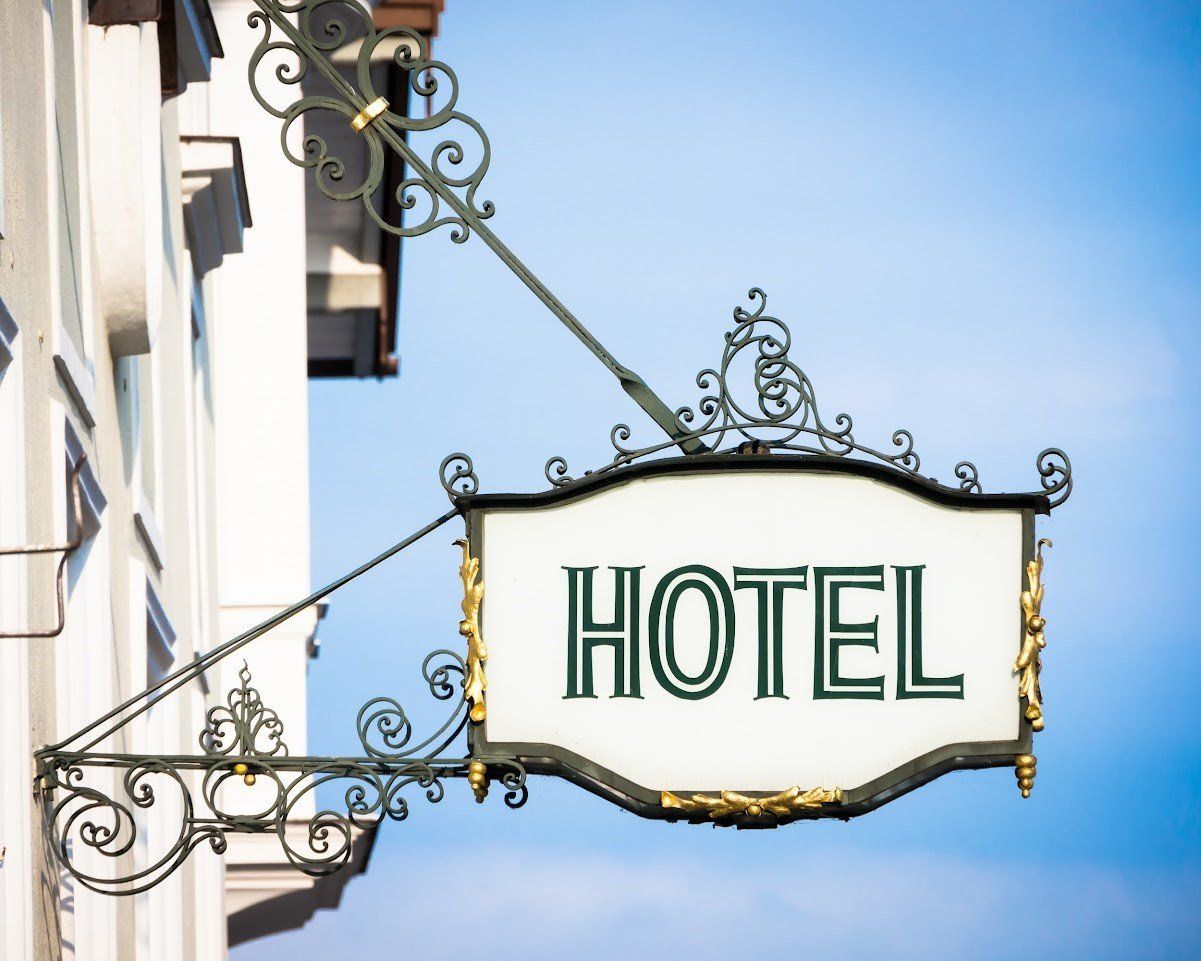
As a hotel manager or property owner, your list of worst nightmares likely includes typical problems in the hospitality industry, such as unruly guests, maintenance issues, and holding on to high-quality team members.
Bedbugs constitute a far more insidious problem that every manager dreads. According to the National Academy of Sciences, in the United States, "Emergency department (ED) visits resulting from bed bugs increased by over 700% between 2007 and 2010."
More recent data, while hard to come by, likely would point to an even more disastrous trend. Bedbugs impose major economic costs, management dilemmas, and ultimately a major hit to the operating income of establishments afflicted.
What Factors Leading to Bedbug Propagation in Hospitality Settings
The CDC and researchers have conducted extensive studies into how bedbugs propagate from area to area. Contrary to popular opinion, bedbugs do not discriminate between developing or developed countries or rich or poor areas, and certainly not between low-cost or high-end hotels.
Bedbugs have developed an evolutionary ability to hide in small spaces and survive without consuming blood for extended periods of time. As people travel from place to place, bedbugs come along for the ride inside luggage, clothes, and bedding.
This ability to travel across geographic areas makes bedbugs so insidious and problematic for hotel owners.
How Hotels Can Identify and Resolve Bedbug Infestations
The University of Minnesota has put together a comprehensive guide for inspecting hotel rooms for bedbugs. You may wish to provide these instructions to your own cleaning staff to help them provide advance warning of new or burgeoning infestations.
To summarize, the university recommends taking the following steps:
- Start with inspecting the mattress. Mattresses and other cloth-based furniture items close to where people sleep act as the most common homes of bedbugs in hotel settings. Remove the sheet and mattress pad to inspect the entirety of the mattress. If there is a box spring, your staff will also want to investigate this item as well.
- Inspect the luggage rack. If your rooms have luggage racks or valets available for guest use, inspect any crevices on these items. Bedbugs enjoy hitching rides on luggage, so these spots can often act as the origin point for a full-room infestation.
- Inspect the headboard. Headboards often have crevices or cracks which can hide bedbugs. It may make sense for your staff members to make use of a flashlight to look between the headboard and the wall behind it for signs of an infestation.
- Inspect other furniture items in the room. Other common bedbug hiding spots in hotel settings include pictures, frames, drawers, upholstered chairs, and other furniture items commonly used by guests.
If your staff identifies signs of a bedbug infestation, dealing with the problem promptly can prevent a minor infestation from escalating into a whole-property problem and escape the resulting costs associated with treating a larger area.
How to Keep Your Hotel Bedbug-Free
With frequent inspections, hotel managers can proactively identify bedbug infestations. But, an ounce of prevention beats a pound of cure.
Regular washings of linens, sheets, blankets, and any other fabric materials in the room will reduce the probability that bedbugs can lay eggs and survive. Vacuuming crevices and other hard-to-reach areas of a hotel room can also help to eliminate populations before they can settle in a given area.
Decluttering hotel rooms and eliminating potential hiding places for bedbugs will act as a preventative action as well. Consider the interior decor in your rooms to determine whether the space offers bedbugs sufficient areas to lay eggs.
To get started with our commercial bed bug treatment services serving the Tristate area around Evansville, IN, contact Pass Pest Control today!
